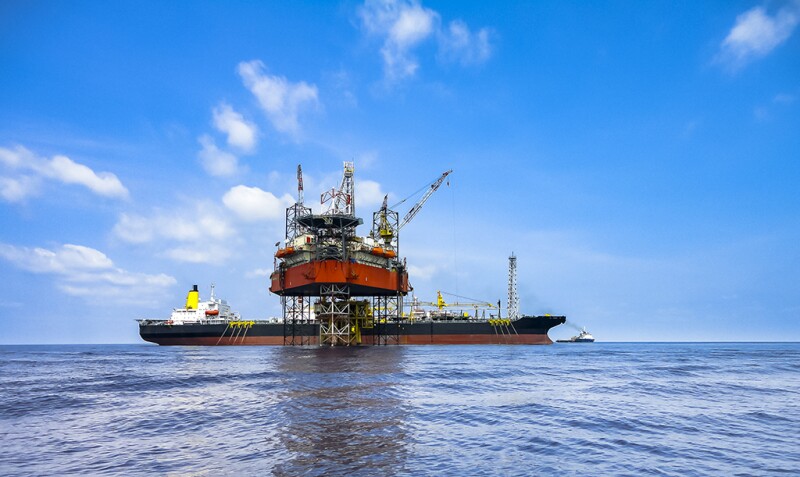在完整的论文中,作者评估了使用分布式温度传感 (DTS) 技术的 B 井 Long-String(即 BL 井)增产活动的有效性。在储层部分安装永久性光纤电缆可以实现气举监测、井完整性问题识别以及射孔贡献的分区流入剖面分析。描述了所执行的补救工作的有效性以及 DTS 结果的发现和解释。
现场和井 BL 背景
B 油田是一片成熟的棕地,位于马来西亚东部近海 45 公里处,水深约 230 英尺。该油田的结构具有平缓的翻转背斜,其顶部因生长断层而塌陷。

在完整的论文中,作者评估了使用分布式温度传感 (DTS) 技术的 B 井 Long-String(即 BL 井)增产活动的有效性。在储层部分安装永久性光纤电缆可以实现气举监测、井完整性问题识别以及射孔贡献的分区流入剖面分析。描述了所执行的补救工作的有效性以及 DTS 结果的发现和解释。
B 油田是一片成熟的棕地,位于马来西亚东部近海 45 公里处,水深约 230 英尺。该油田的结构具有平缓的翻转背斜,其顶部因生长断层而塌陷。

In the complete paper, the authors evaluate the effectiveness of production-enhancement activities for Well B Long-String (i.e., Well BL) using distributed-temperature-sensing (DTS) technology. Installation of permanent fiber-optic cable across the reservoir sections has enabled gas-lift monitoring, identification of well‑integrity issues, and zonal inflow profiling from perforation contribution. The effectiveness of executed remedial jobs is described along with findings and interpretations of DTS results.
Field B is a mature brownfield 45 km offshore east Malaysia in a water depth of approximately 230 ft. The field’s structure has a gentle rollover anticline with a collapsed crest caused by growth faulting.
